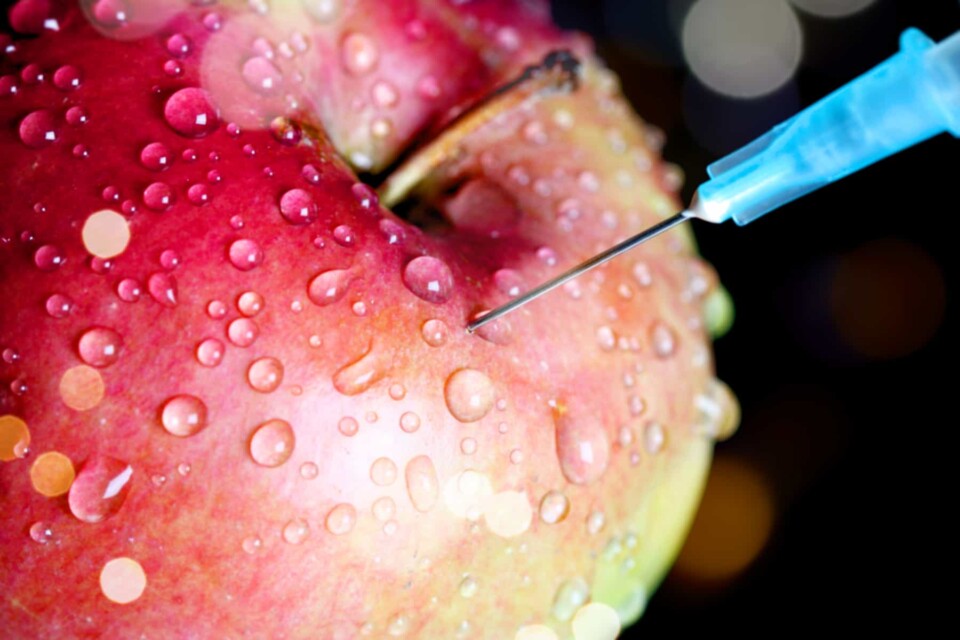The Wuhan coronavirus (COVID-19) “pandemic” added a new concept to the public lexicon called mRNA, which stands for messenger RNA. We are told that the COVID injections from Pfizer-BioNTech and Moderna are made with mRNA, though it has since come out that mRNA shots do not actually contain mRNA, but rather contain laboratory-made RNA and / or DNA particles that are stronger than mRNA and survive the digestion process.
These RNA and DNA jabs, as they are more accurately called, are being administered both to people and animals in the modern age. And the RNA and DNA residues that end up making their way into the foods that people eat is perhaps more serious of a threat to public health than anything else currently in circulation.
The World Health Organization (WHO) created a “DNA vaccines” information page on its website that explains in further detail how these injections work. One noteworthy passage reads as follows:
“The field of DNA vaccination is developing rapidly. Vaccines currently being developed use not only DNA, but also include adjuncts that assist DNA to enter cells, target it towards specific cells, or that may act as adjuvants in stimulating or directing the immune response.”
This is a terrifying revelation in that it shows how DNA vaccines as defined by official public health sources are a Trojan Horse that delivers foreign lab-made DNA into cell nuclei, possibly permanently.
A research paper discussing all this explains that there are several bacterial species in existence that are capable of transferring vaccine plasmids to mammalian host cells. These bacterial species are basically cell factories capable of producing a very large number of DNA plasmids.
The paper further highlights a discovery made by Walter Shaffner in 1980 showing for the first time the occurrence of gene transfer from bacteria to mammalian cells “when tandem copies of the SV40 virus genome, carried by E. coli laboratory strains, were transferred into co-cultured mammalian cells.”
“Bacterial DNA vaccine delivery systems consist in the internalization of bacteria, harboring a plasmid vector containing the sequence of the gene of interest, by target cells,” the paper explains.
“Subsequently primary vesicle are formed and then fused to lysosomal compartments where lysis of bacteria occurs, releasing the plasmid DNA into the host’s cytosol. The plasmid DNA then migrates to the nucleus of the cell where the gene sequence of interest is transcribed for subsequent transduction and protein synthesis by the host’s cells machinery.”
Please think about donating below.



